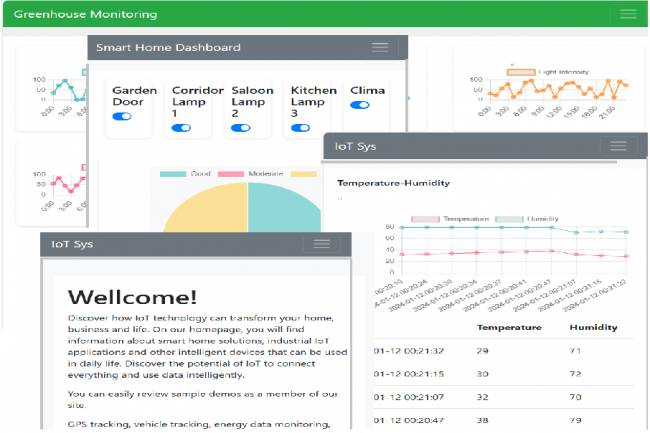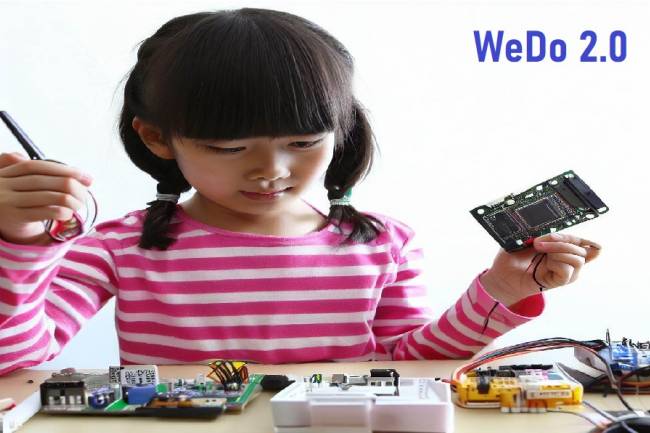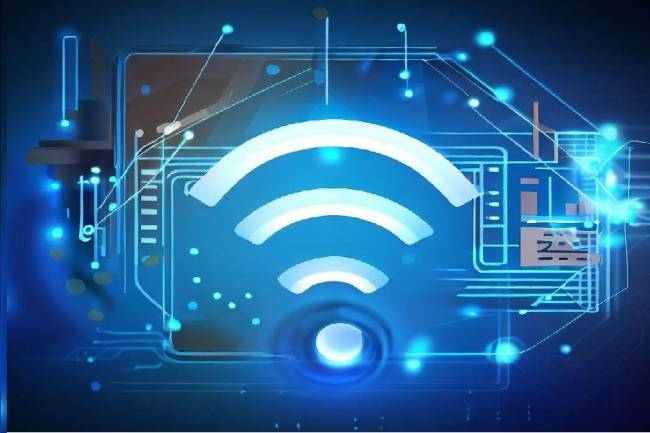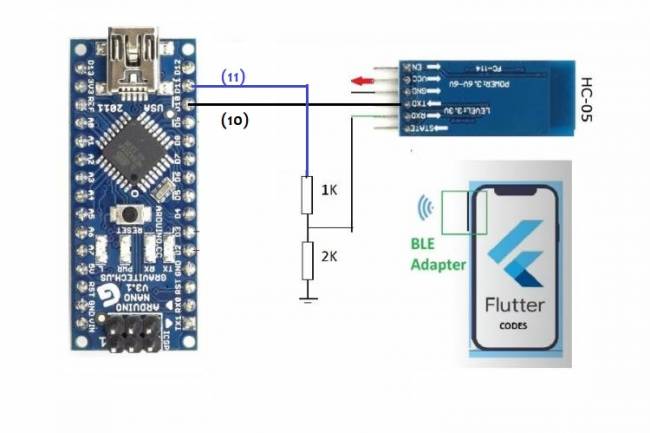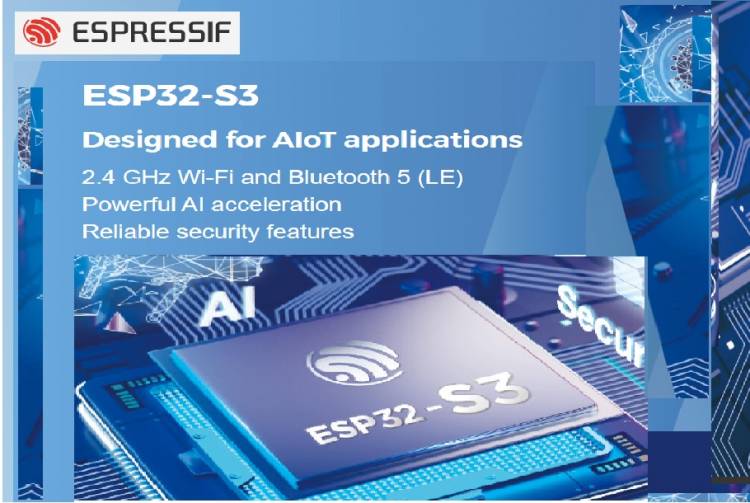
Using ESP32-S3 with Other Hardware and Design
First of all, let's look at the technical specifications of the ESP32-S3 product:
The ESP32-S3 is a highly integrated, low-power, 2.4GHz Wi-Fi + Bluetooth® LE (5) System-on-Chip (SoC) solution.
It has the following features:
• Xtensa® 32-bit LX7 CPU clocked up to 240 MHz
• Complete Wi-Fi + Bluetooth subsystem integrating radio and baseband, RF switch, RF balun, power
amplifier, low noise amplifier (LNA), etc.
• State-of-the-art power management unit
• Industry-leading RF performance
• Strong AI computing capability
• Rich set of peripherals
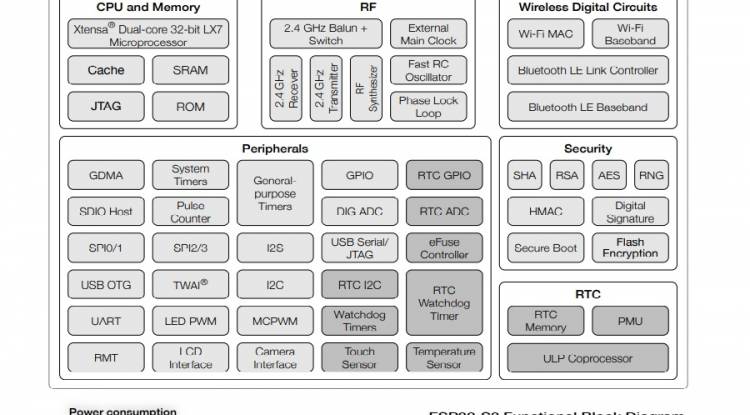
The ESP32-S3 also integrates advanced calibration circuitry that compensates for radio defects, thus reducing the cost and time to market of your product and eliminating the need for special tests.
It is an ideal choice for a wide variety of application scenarios related to SoC, AI and Artificial Intelligence.
Things like (AIoT):
• Wake word detection
• Recognition of speech commands
• Face detection and recognition
• Smart House
• Smart devices
• Intelligent control panel
• Smart speaker
For more technical information about the ESP32-S3 series, please see:
https://www.espressif.com/en/support/documents/technical-documents

